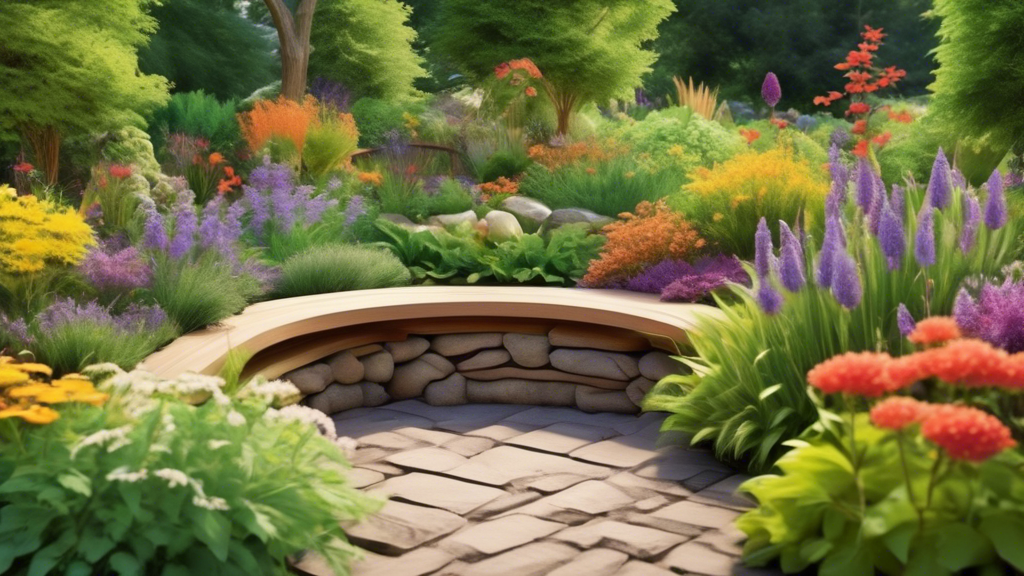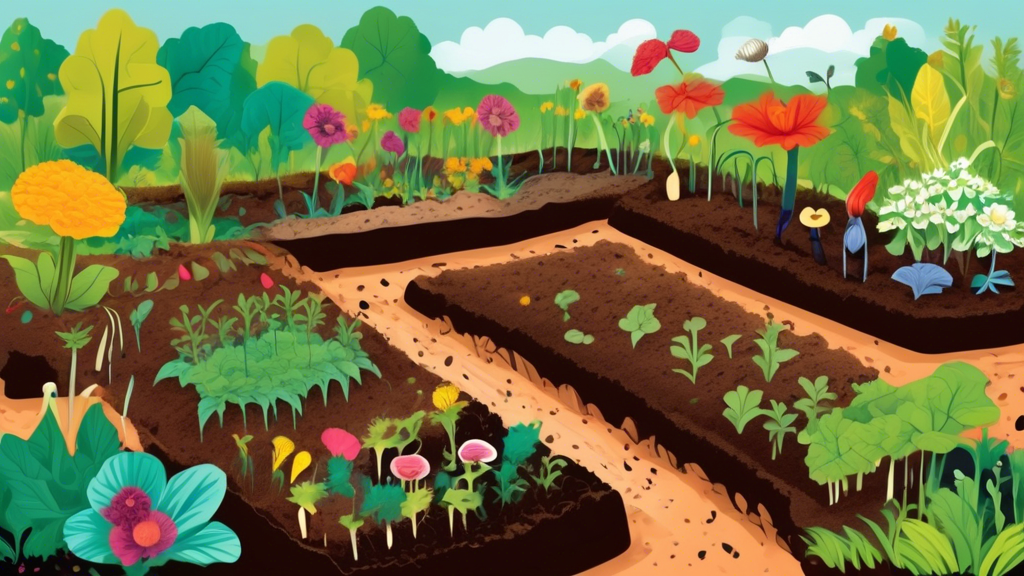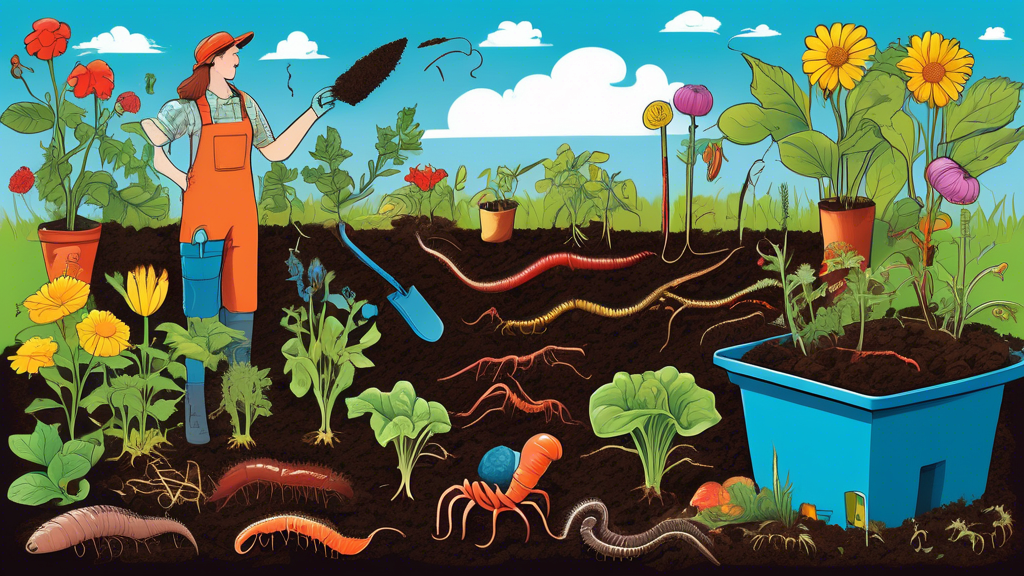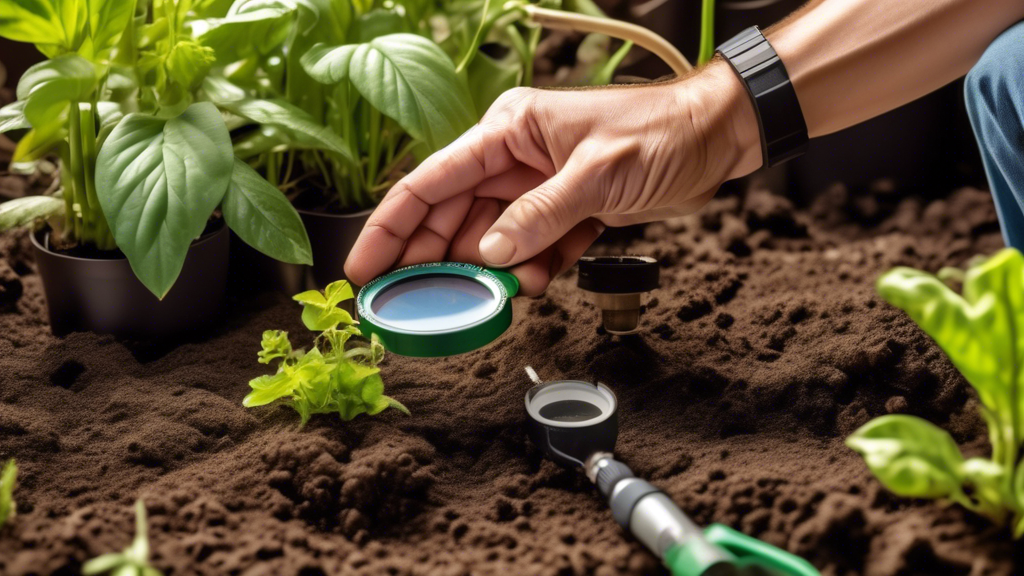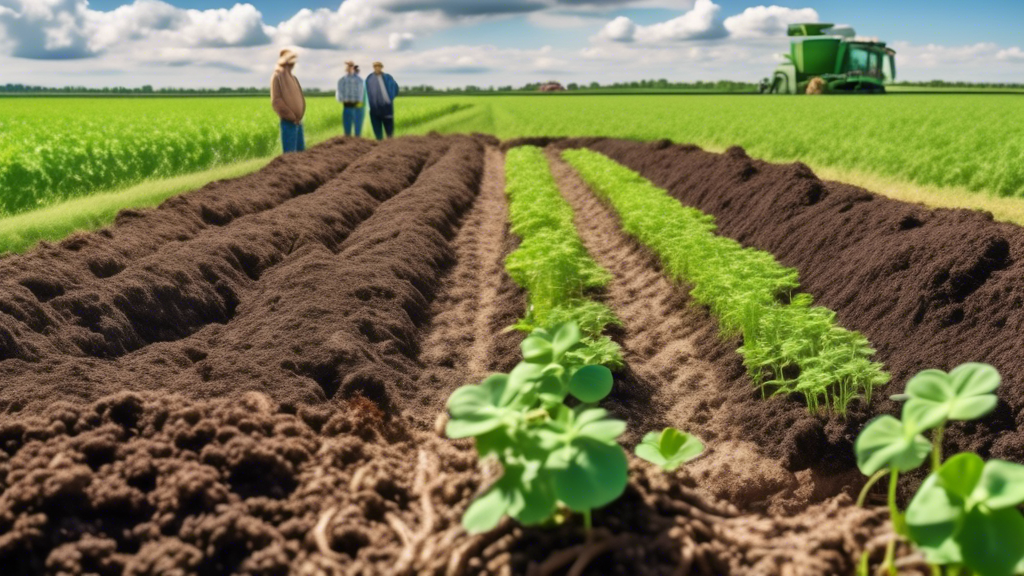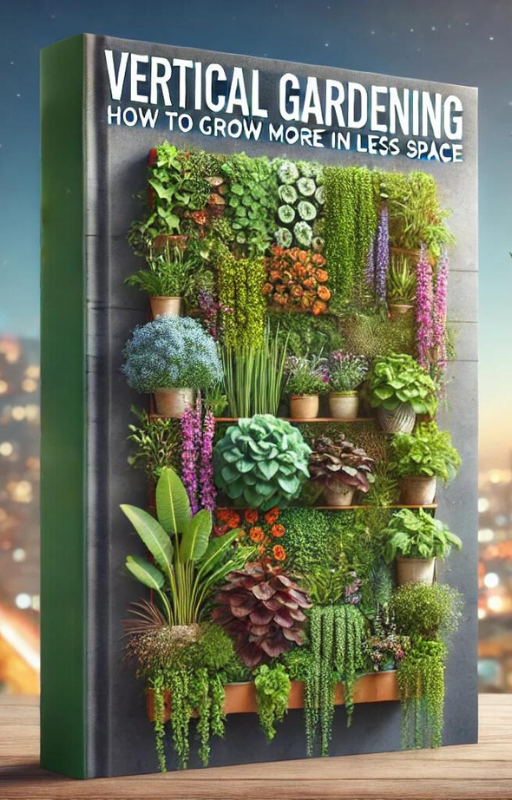
Transforming your garden into a drought-resistant paradise involves strategic planning and sustainable practices. Begin by assessing your current garden’s layout and soil conditions to identify areas for improvement. Choose drought-tolerant plants and trees that thrive in dry environments. Implement efficient irrigation systems to minimize water usage while ensuring healthy plant growth.
Adopting sustainable practices is essential for maintaining a water-wise garden. Utilize mulching techniques to retain moisture and manage soil temperature effectively. Improve soil quality by incorporating organic matter and other soil enhancers. Regular maintenance, such as pruning and weeding, is crucial for keeping your garden healthy and resilient against drought conditions.
Essential Steps to Transform Your Garden into a Drought-Resistant Paradise
Assessing Your Current Garden Layout and Soil Conditions
Before converting your garden, it’s crucial to evaluate its existing layout and soil conditions. This assessment will guide your choices and help you make informed decisions. Start by examining the sun exposure, shade spots, and natural drainage patterns. Identify areas prone to waterlogging or those that remain dry.
Analyzing the soil is the next step. Conduct a soil test to determine its composition, pH levels, and nutrient content. Different soil types, such as sandy, loamy, or clay, require specific approaches for optimal drought resistance. A comprehensive analysis will help you understand which amendments are necessary to improve the soil’s ability to retain moisture.
Choosing Drought-Tolerant Plants and Trees
Selecting the appropriate plants is a cornerstone of a water-efficient garden. Focus on native species and those well-adapted to arid climates. These plants typically have deeper root systems, thicker leaves, and other adaptations that help them survive with minimal water.
Consider incorporating a mix of ground covers, shrubs, and trees. Ground covers like lavender and thyme spread efficiently, providing shade to the soil and reducing evaporation. Shrubs such as sage and manzanita thrive in dry conditions, while trees like the mesquite or olive are well-suited for arid environments. This diverse planting strategy promotes a resilient garden ecosystem.
Implementing Efficient Irrigation Systems
An effective irrigation system can dramatically cut down water usage. Drip irrigation is particularly beneficial as it delivers water directly to the plant roots, minimizing waste. Install a system that can be easily adjusted based on your garden’s needs and seasonal changes.
Consider using soaker hoses, which are effective at providing water slowly and steadily. Smart irrigation controllers are another excellent investment, as they adjust watering schedules based on weather data and soil moisture levels. These technologically advanced tools help optimize water usage, ensuring plants receive the right amount without excess.
Sustainable Practices for Maintaining a Water-Wise Garden
Utilizing Mulching Techniques for Moisture Retention
Mulching is an excellent strategy to help your garden maintain moisture, reduce weed growth, and enhance soil health. Organic mulches such as wood chips, straw, or compost can significantly reduce the amount of water your garden needs.
Apply a layer of mulch about 2-4 inches deep around your plants. This layer helps to insulate the soil, keeping it cooler and reducing evaporation. In addition to retaining moisture, organic mulches decompose over time, adding valuable nutrients back into the soil.
Remember to replace or top up the mulch periodically to maintain its effectiveness. Avoid piling mulch directly against plant stems or tree trunks, as this can cause rot and invite pests.
Adopting Soil Improvement Strategies
Healthy soil is the cornerstone of a water-efficient garden. Improving soil structure and fertility can enhance the soil’s ability to retain water and supply nutrients to your plants.
Incorporate organic matter such as compost, well-rotted manure, or green manure crops into your soil. These amendments improve soil texture, promote better root penetration, and increase water absorption capacity. Regularly adding organic material can also encourage beneficial microbial activity, which helps break down organic matter more efficiently.
Consider conducting a soil test to determine its current condition and nutrient levels. Based on the results, you can adjust your soil improvement practices accordingly, ensuring your garden soil remains fertile and conducive to drought-resistant gardening.
Regular Maintenance Tips for a Long-Lasting Drought-Resistant Garden
Maintaining a garden designed to conserve water involves ongoing care and attention to detail. Here are some vital maintenance tips to keep your garden thriving:
- Watering Wisely: Water your garden during the early morning or late evening hours to minimize water loss due to evaporation. Follow a deep and infrequent watering schedule to encourage plants to develop deep root systems.
- Pruning: Regularly prune plants to remove dead or damaged growth. Pruning not only keeps your plants healthy but also reduces their water requirements by eliminating unnecessary foliage.
- Weeding: Weeds compete with your garden plants for water and nutrients. Regular weeding helps ensure your plants have access to the resources they need to thrive.
- Inspecting Irrigation Systems: Check drip irrigation systems for leaks, clogs, and proper function. Keeping your irrigation system in excellent working condition ensures efficient water use.
- Monitoring Plant Health: Keep an eye on your plants for signs of stress, such as wilting, yellowing leaves, or stunted growth. Early detection of issues allows you to take action before the problem worsens.
By incorporating these sustainable practices, you can create and maintain a garden that is both water-efficient and beautiful. Taking the time to care for your drought-resistant garden will reward you with vibrant, healthy plants that require less water, making a positive impact on your local environment.
Converting your garden into a drought-resistant paradise involves several strategic steps. By carefully assessing your current garden layout and soil conditions, you can make informed decisions about the best plants and trees that can thrive with minimal water. Opting for drought-tolerant varieties and implementing efficient irrigation systems is crucial for conserving water while maintaining a vibrant garden.
In addition to these initial steps, sustainable practices play a significant role in maintaining a water-wise garden. Techniques such as mulching help to retain soil moisture, while adopting soil improvement methods enhances the overall health of your plants. Regular upkeep ensures your garden remains resilient and continues to flourish even in dry conditions.
By following these guidelines, you can create a garden that not only survives but thrives with minimal water, all while contributing positively to the environment.

